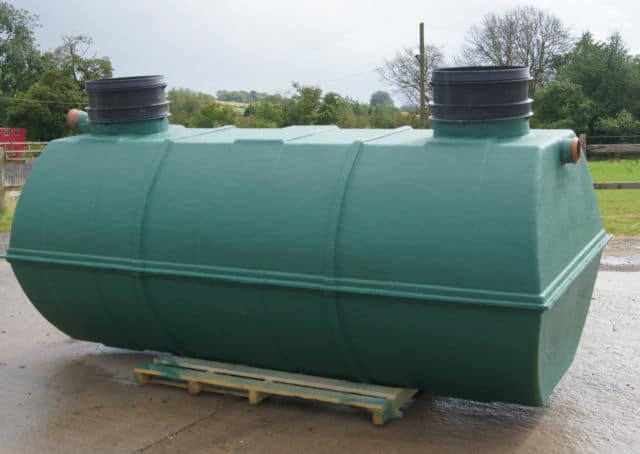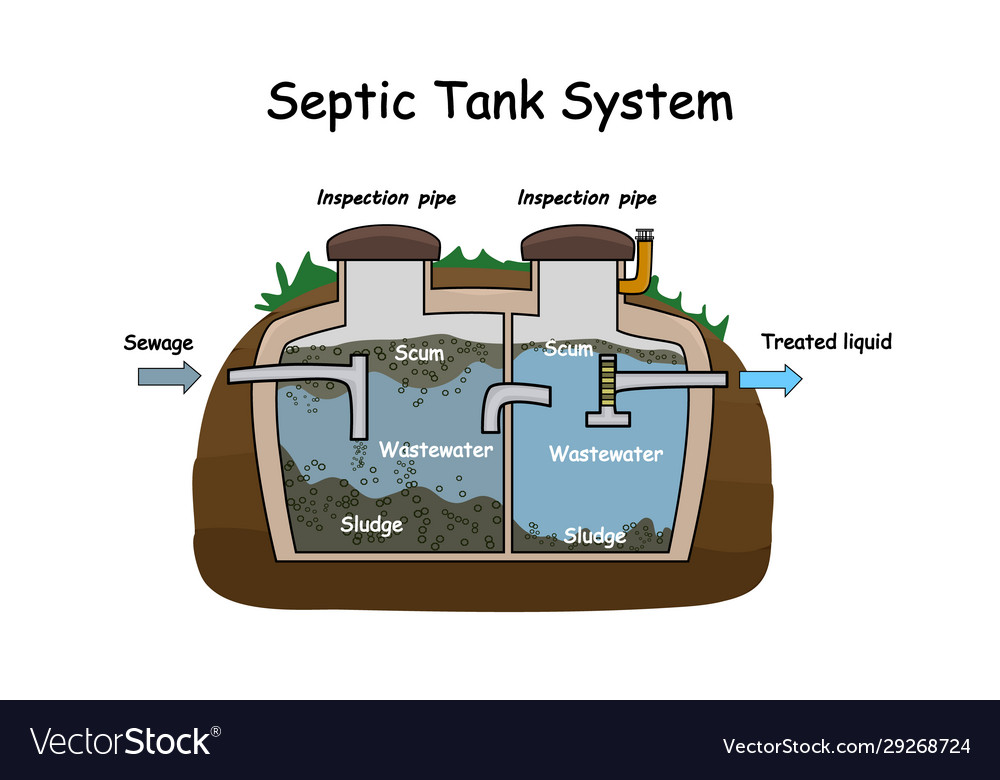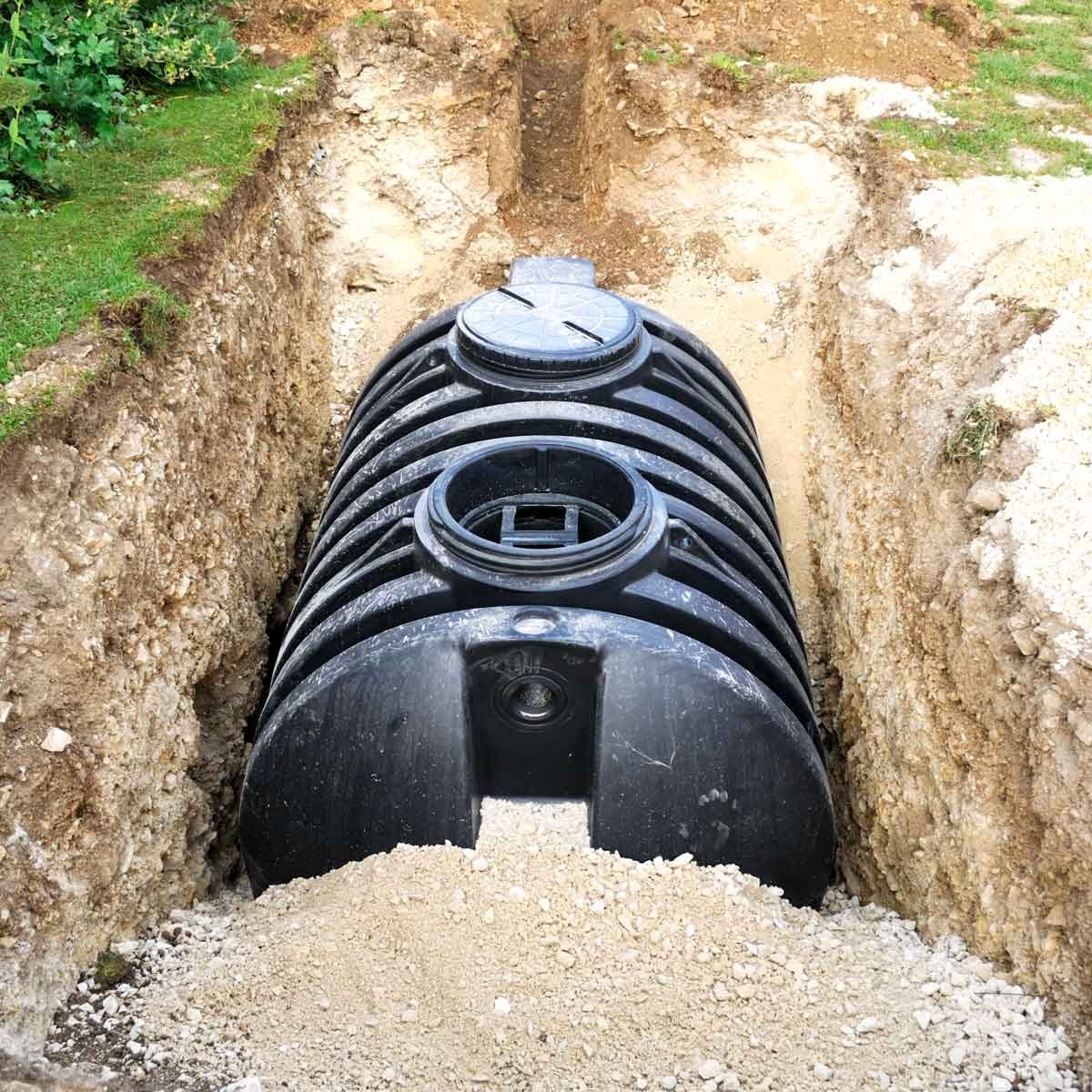Many people living in rural areas are not connected to the municipal sewage system. To cleanse your wastewater and properly dispose of it, you will need a domestic water system. There are many kinds of septic tanks for homes available however they all do the same thing. They eliminate waste from our homes then remove unwanted substances prior to discharging pure water into the surface water whenever it is required. Due to the smaller volume of liquid produced each day larger tanks will be capable of reducing costs.
What Is The Price Of A Tank For Septic?
The traditional septic system is old-fashioned and does not function as efficiently as it once did. It could cost anything from $2,500 to $5K in the United States, even before considering permits. This does not include the expense of installing your drain field or soil testing. If cost isn't an issue for you There are two types of anaerobic septic tanks. These new machines are called "septic systems" and are able to be bought. Although they're more expensive than others, they will last for decades and require little maintenance because you won't have to replenish them with water every couple of years.
Aerobic systems require oxygen, which speeds up the decomposition process and produces much cleaner water than their counterparts; in fact, the effluent is treated so efficiently that you could even utilize it to make irrigation (provided there isn't another source of water available). Anaerobic food items take up less space and consume about 50% less leach field space than traditional systems. However , it's more expensive at around 13000 USD per gallon treated in treatment tanks annually. See the top rated how do septic systems work for more.

What Is The Cost For An Septic System?
Most affordable and lightest option for septic tanks is plastic polyethylene. The cost of a 1000-gallon tank is around 11100 dollars. However they can result in leaks when pressure is applied in certain states. In these states, they are prohibited. Damaged tanks can lead to costly repairs that will exceed the installation cost. The solid concrete septic tank is robust and lasts for decades before needing to be replaced. There have been instances when these tanks crack. However, the cracks are rarely severe. Fiberglass septic tanks are a fantastic choice for homeowners who want to cut costs however still prefer a simple process. They're smaller than concrete and plastic tanks that can be difficult to set up with limited space. This means less strain on your house down which equals better quality construction overall and all for no additional expense compared to others out there today (such as stainless steel).
What Is The Significance Of All This?
It can be confusing to learn the factors that impact the price of your septic tanks. Understanding the options that you can choose from for installation and the cost of each is an important factor to consider when making this choice. NexGen Septics has done the research for you! We provide detailed information on everything from permits to soil preparation costs to the cost of maintenance - all of which play an integral role in determining overall price tags for new systems, as well. Check out the recommended how do septics work for examples.

Septic Systems Types
The choice of a septic system is not an easy decision. The type of septic system you choose will influence the cost, treatment technique, and the amount of space you have available to install it. The most commonly used are:
1.) Anaerobic Septic System
One of the best things about a system for cleaning septic is the inability to use electricity. Anaerobic bacteria is employed to clean these systems. They consume and destroy the waste from the wastewater pipe until there are no more nutrients. Following that they eliminate them from other sources like human excrement and household plumbing fixtures. This type is simple to set up and costs between $2k and $5K depending upon your needs. Anyone who has performed any kind of homework can be confident in this type of installation.
2.) Aerobic Septic System
Aerobic septic systems employ aerobic bacteria to break down waste in the tank. The effluent and the timer can be used together to improve the process. But, the wastewater will not overflow onto your lawns or crops like an anaerobic tank might. These advanced toilets are less costly than pit toilets that are traditional and will require one tonne of waste per year.
Septic Tank Types
Additionally, there are three types of septic tanks: gravel, concrete, and plastic. In addition, there are fiberglass-based septic tanks. These are lightweight yet strong enough to stand up to the harsh environments, which is why it is utilized on farms or other areas where water pumps can move around. Concrete is another popular choice because of its weight which ensures stability and doesn't cause your home to fall over when it's inundated by rainwater. These lightweight but durable polyester bags are an excellent option for those who are located within city limits. Have a look at the top rated septic tanks work for recommendations.

Plastic Septic Tanks
Although septic tanks are beneficial in controlling your waste, it is important to choose one that will last for a long time. Polyethylene is the tiniest and least expensive type of septic tank available. However, they're also likely going break or crack in the future though! To prevent this from happening with polyethylene toilets , there have developed advances in the use of plastics to strengthen them more than before; however if not filled correctly then these types may be prohibited in certain areas such as California (where we live). The cost for 1000-gallon models differs based on the area you want to put them in.
Fiberglass Septic Tanks
Fiberglass septic tanks can be light and simple to install. They also feature less algae growth than other types. They are less likely to break or expand than porous materials, such as clay-based soils. The cost of fiberglass varies based on the size, but generally range between $1600 to $2000 for 1000 gallons , and up to 1500 gallon capacities. This option increases the price by about 50 percent to 100%.
Concrete Septic Tanks
Concrete septic tanks last for up to 30 years, when properly constructed. 1000 gallons cost $1,200 and 1500 gallon models will cost around $1800. Concrete tanks last between 15 and 20 years. However, depending on the maintenance habits, it could last even longer.